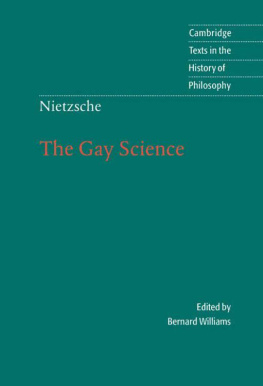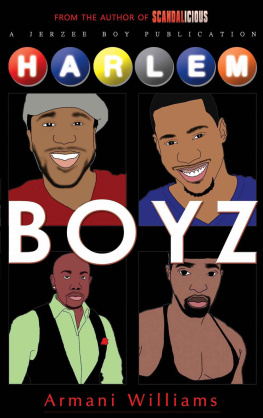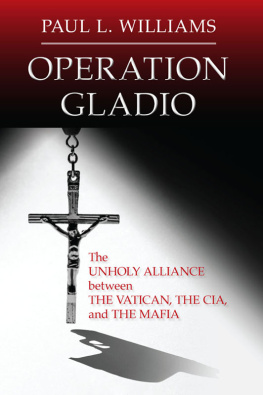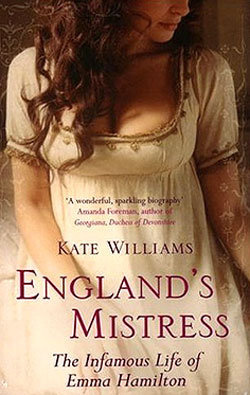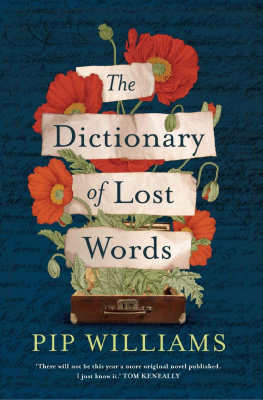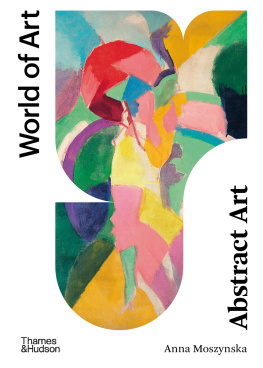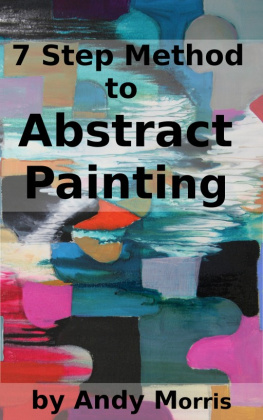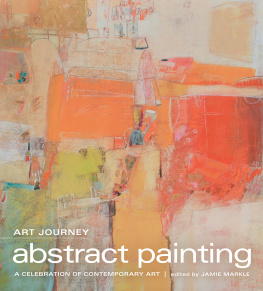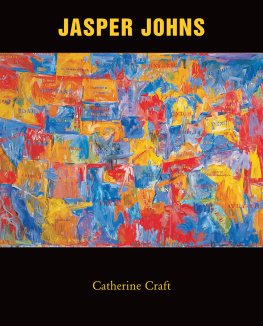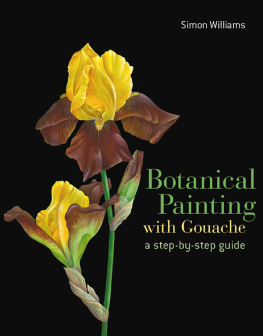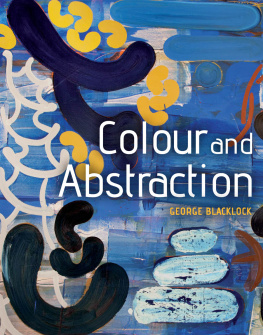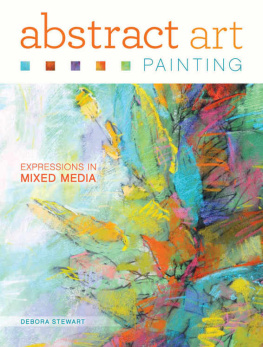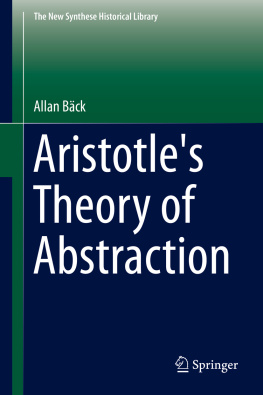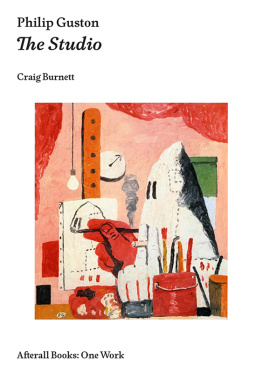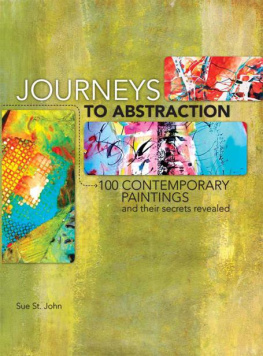Further Reading
T he following is short list of some suggested reading that may be of interest. These are simply a few texts that have I have found rewarding. Any artist will have their own reference library and some of these may well be in there.
Flam, Jack D., Matisse on Art, Phaidon Press. Matisses major writings a bible for painters.
Delamare, Francois, and Guineau, Bernard, Colour: making and using dyes and pigments, Thames & Hudson. A fascinating little book with a whole world of information many of the anecdotes I discovered about colour I read in this book.
Danchev, Alex (ed.), The Letters of Paul Czanne, Thames & Hudson. The Boss all roads lead to Czanne for a painter.
Delectorskaya, Lydia, With apparent easeHenri Matisse, Adrien Maeght Editeur. Revealing photography and commentary on the development of individual works.
Greenberg, Clement, and OBrian, John (ed.), The Collected Essays and Criticism, The University of Chicago Press. Any of these volumes is a fascinating and enlightening read. It was a pleasure to meet Clement Greenberg and see his collection and discuss painting with him. He owned some excellent modernist paintings and sculptures.
Heron, Patrick, and Gooding, Mel (ed.), Painter as Critic: Patrick Heron, selected writings, Tate Gallery Publications. Insightful and erudite writings by a significant abstract painter. Gave a superb lecture when I was a student.
Painter of Passion the journal of Eugene Delacroix, Folio. A wonderful insight into this great painters life and practice.
Chapter 1
The Studio
Painting is no problem. The problem is what to do when youre not painting.
JACKSON POLLOCK
O ur early purposeful drawings and reflexive marks, arcs or oscillations with a loaded brush, pen or crayon emerge as utterances from the primordial swamps of perception. The first set of visual grunts is often joined by subsequent daubs which build into a chorus of marks each new scribble or scrawl affirms or challenges its predecessor and each mark seems so meaningful and so important. A child gazes, scrutinizes and absorbs their creation, looks puzzled and proud in equal measure. As adults we marvel at these early concrete manifestations of form and their wild energy mystifies or excites, bemuses us even, with their energetic charge. Immediately we are stirred into action and after due praise feel compelled to utter that seemingly most innocent of remarks: What is it? This choice of words, it could be argued, contains a sentiment which will affect or condition our art-making for the rest of our lives. For in this earliest of prompts we are moving art from the visual to the conceptual. We are seeking to exert a control and to qualify the motivation for expression in visual form.
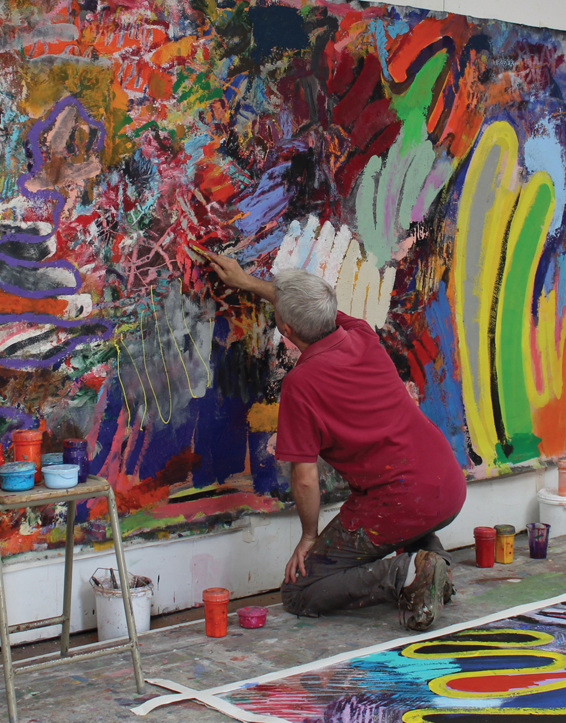
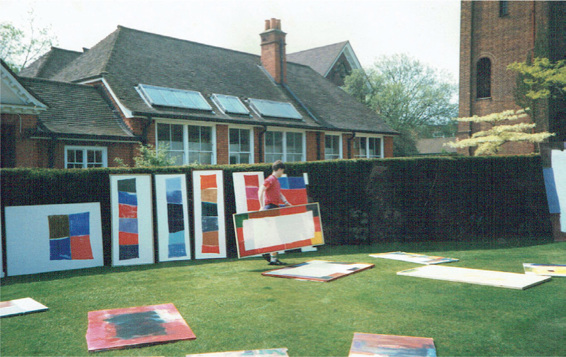
Organizing a photoshoot for my degree show. Seeing a large number of paintings in one place can be very revealing as broader issues emerge.
An abstract artist trudges wearily about these distant child-like landscapes of space-time, searching for that energy, that initial visual charge, to re-ignite it in the present, to see it again in their own work, phoenix-like; to fight back against our earliest loving interrogators and in so doing, let our once-caged animal instincts run free again, no longer shackled by the what is its?; each new gesture becomes our scouting party into future unforeseen worlds. Perhaps if we choose the right colours a land of luminosity awaits alien at the outset, yet as time soothes our tired and raw mechanisms of perception, reveals to us a familiarity. Colour can do this be so alien from the first encounter and yet instil a sense of acknowledgment in us, as if we had recognized something known to us all our lives.
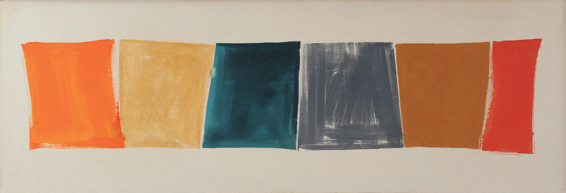
Tumble, 1988: acrylic on canvas, 56 166cm.
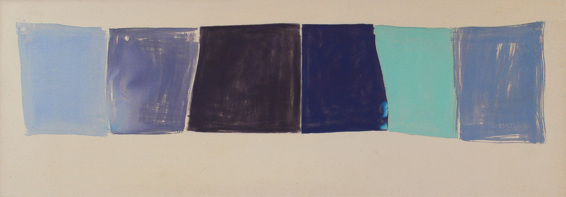
Hardline


